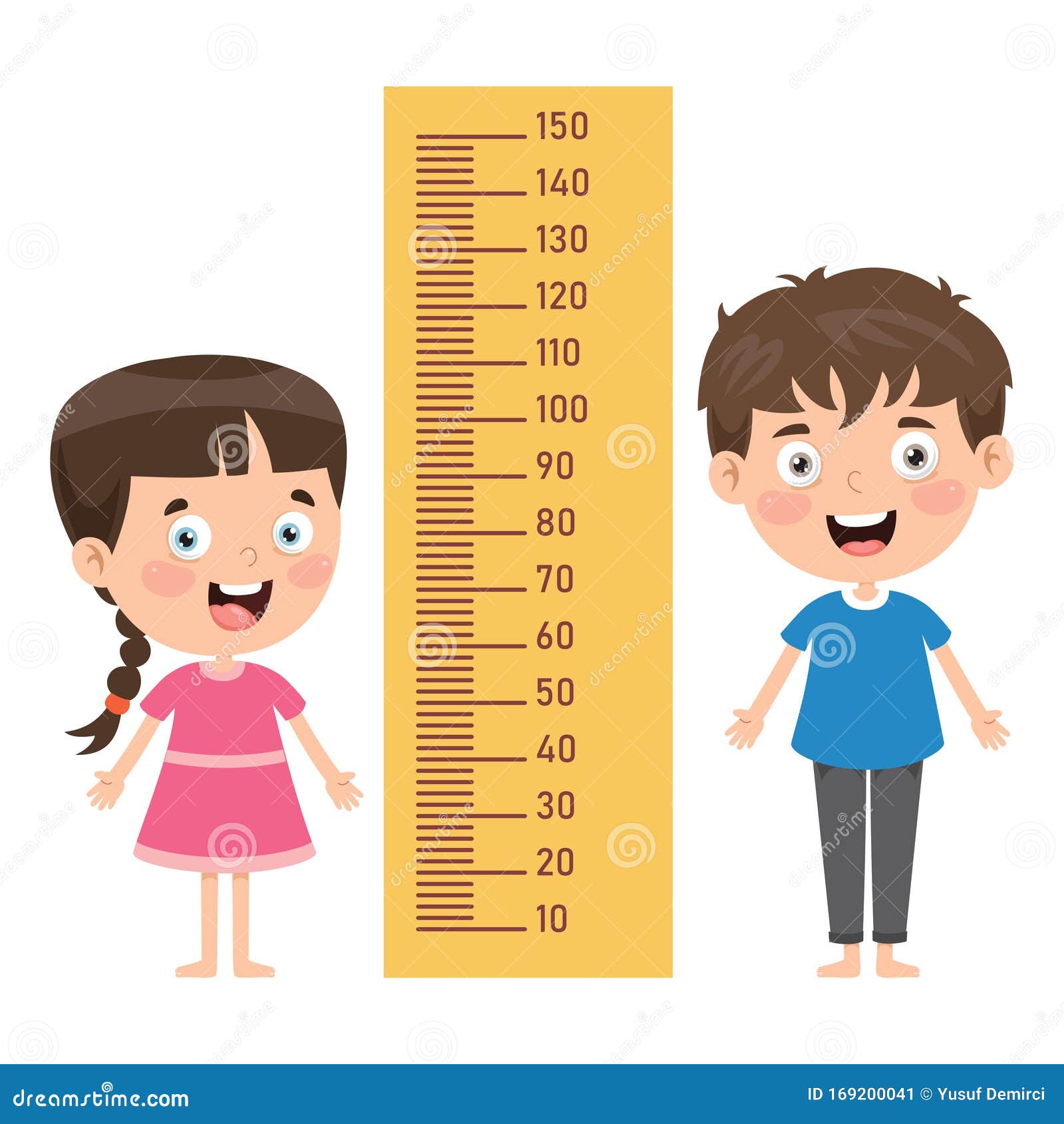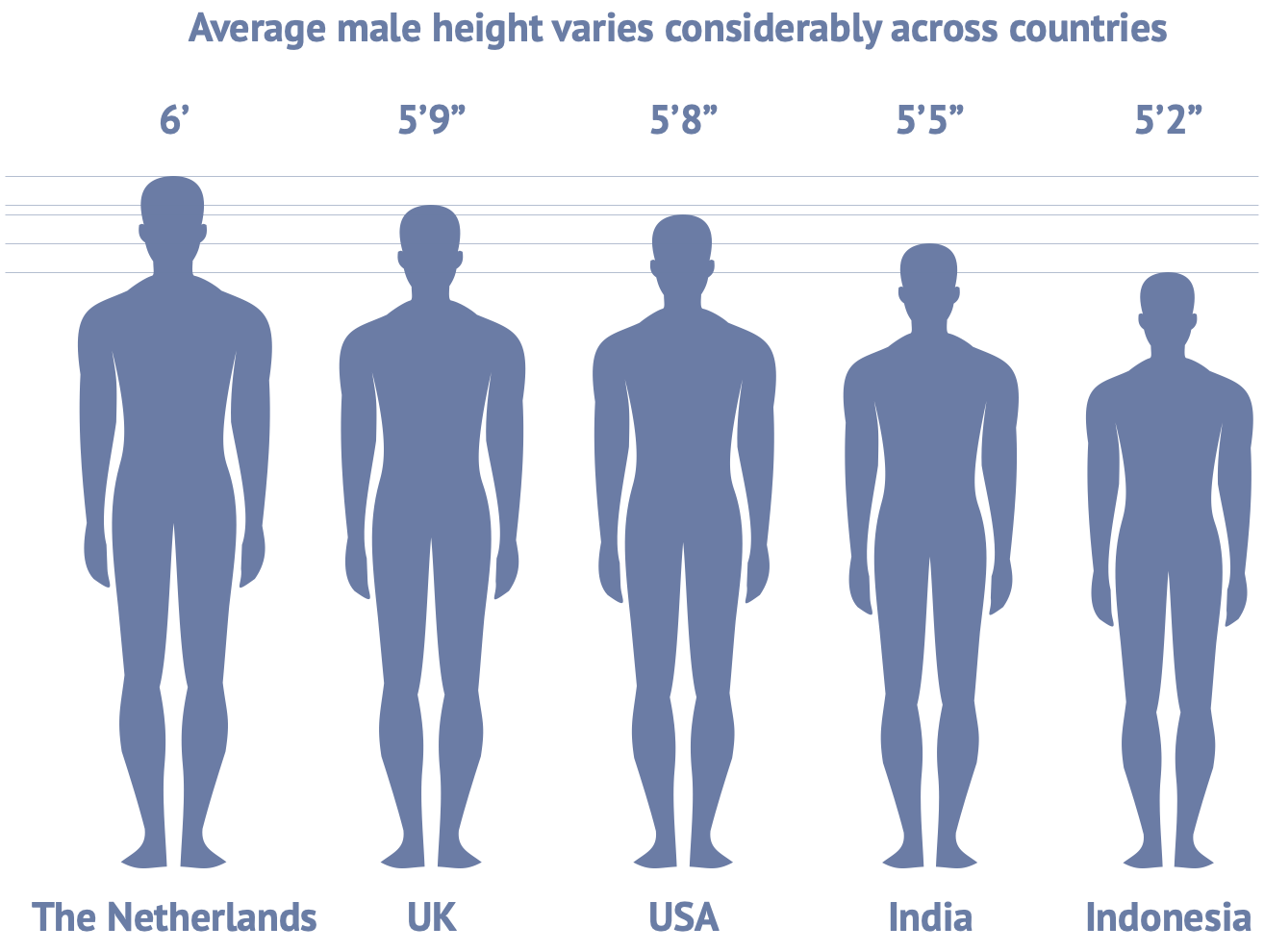Living in a world designed for taller individuals can be both challenging and inspiring for little people. From navigating public spaces to overcoming societal misconceptions, understanding little person height is crucial for fostering inclusivity and empathy. In this article, we'll dive deep into what it means to live as a little person, exploring everything from physical characteristics to emotional well-being.
When you hear the term "little person height," you might think about numbers and measurements. But there's so much more to it. It’s not just about how tall someone is—it’s about how they interact with the world around them. From architecture to social dynamics, height plays a role in shaping experiences, and for little people, it’s a journey filled with resilience and strength.
As we explore this topic, we aim to shed light on the realities of living as a little person. This isn’t just an informational piece; it’s a celebration of diversity and a call for greater understanding. So, let’s dive in and uncover the fascinating world of little person height, one step at a time!
Read also:Pineapple Brat The Ultimate Guide To This Sweet And Savory Sensation
Understanding Little Person Height
What Defines Little Person Height?
Little person height refers to individuals who are generally shorter than average due to a medical condition called dwarfism. According to the Little People of America (LPA), a person is considered a little person if their adult height is 4 feet 10 inches or under. This definition, however, varies depending on cultural and medical perspectives. It’s not just about the numbers; it’s about the unique challenges and triumphs that come with being a little person.
There are two main types of dwarfism: disproportionate and proportionate. Disproportionate dwarfism affects the growth of bones, leading to shorter limbs compared to the torso. Proportionate dwarfism, on the other hand, involves a general growth delay where all parts of the body grow at a slower rate. Understanding these distinctions is key to appreciating the diversity within the little person community.
Common Misconceptions About Little Person Height
One of the biggest challenges little people face is societal misconceptions. Many people assume that little person height is a result of poor nutrition or childhood illnesses, which couldn’t be further from the truth. In reality, most cases of dwarfism are genetic, caused by mutations in specific genes. These mutations affect bone development, leading to shorter stature.
- Myth: Little people are always children. Fact: They are adults with fully developed cognitive abilities.
- Myth: All little people have the same condition. Fact: There are over 200 diagnosed types of dwarfism.
- Myth: Little people can’t lead fulfilling lives. Fact: They excel in various fields, from arts to sciences.
By dispelling these myths, we can create a more inclusive and understanding society. It’s time to move beyond stereotypes and focus on the incredible contributions little people make to our world.
Biological Factors Behind Little Person Height
Genetic Causes of Dwarfism
Let’s talk science for a moment. The most common form of dwarfism is achondroplasia, a genetic condition affecting bone growth. This condition occurs due to a mutation in the FGFR3 gene, which regulates bone development. Achondroplasia accounts for about 70% of all dwarfism cases, making it the most prevalent type.
Other genetic conditions, such as spondyloepiphyseal dysplasia and diastrophic dysplasia, also contribute to little person height. Each condition has its own set of characteristics and challenges, highlighting the diversity within the little person community. Understanding the genetic basis of dwarfism is crucial for medical professionals and society as a whole.
Read also:What Is Icl A Comprehensive Guide To Understanding Icl Definition And Its Impact
Health Considerations for Little People
Living as a little person comes with unique health considerations. Some common issues include spinal stenosis, joint pain, and breathing difficulties. However, with advancements in medical science, these challenges can often be managed effectively. Regular check-ups and specialized care are essential for maintaining a healthy lifestyle.
It’s important to note that not all little people experience health complications. Many lead active and fulfilling lives without any significant medical concerns. This underscores the importance of individualized care and support systems tailored to each person’s needs.
Living as a Little Person
Everyday Challenges
Imagine reaching for something on a high shelf or navigating a world where everything seems out of reach. These are just a few examples of the everyday challenges faced by little people. From public transportation to workplace environments, accessibility is a constant concern. However, with creativity and determination, many little people find innovative ways to overcome these obstacles.
Technology has also played a significant role in improving accessibility. Tools like adaptive devices and voice-activated assistants have made daily tasks easier for little people. By embracing technology, society can create a more inclusive environment for everyone.
Social Dynamics and Acceptance
Living as a little person often means dealing with stares, comments, and questions from strangers. While some interactions are well-meaning, others can be hurtful and intrusive. Building a support network of friends, family, and fellow little people is crucial for emotional well-being. Organizations like the Little People of America (LPA) provide valuable resources and a sense of community for those navigating these challenges.
Education and awareness are key to promoting acceptance. By sharing stories and experiences, we can break down barriers and foster a more inclusive society. It’s about seeing beyond height and recognizing the unique qualities each person brings to the table.
Psychological Impact of Little Person Height
Self-Esteem and Identity
Height can play a significant role in shaping self-esteem and identity. For little people, navigating a world that often emphasizes physical appearance can be daunting. However, many find strength in their uniqueness and embrace their identity with pride. Building self-confidence and resilience is essential for overcoming societal pressures.
Support systems, both personal and professional, are vital for mental health. Counseling and therapy can help little people process their emotions and develop coping strategies. It’s important to remember that everyone’s journey is unique, and seeking help when needed is a sign of strength, not weakness.
Breaking Stereotypes
Stereotypes about little person height can be damaging and limiting. From assumptions about intelligence to beliefs about capabilities, these misconceptions can hinder personal and professional growth. By sharing success stories and showcasing achievements, we can challenge these stereotypes and promote a more accurate understanding of little people.
Media representation also plays a crucial role in shaping perceptions. When little people are portrayed accurately and respectfully in films, television, and literature, it helps break down barriers and foster acceptance. It’s about seeing beyond height and recognizing the full spectrum of human potential.
Celebrating Diversity: Famous Little People
Biography of Notable Little People
Throughout history, little people have made significant contributions to various fields. Below is a table highlighting some notable individuals and their achievements:
| Name | Born | Occupation | Notable Achievements |
|---|---|---|---|
| Veronica "Ronnie"UIButton | 1967 | Actress | Known for her role in "The Simpsons" and "Will & Grace." |
| Peter Dinklage | 1969 | Actor | Won an Emmy for his role as Tyrion Lannister in "Game of Thrones." |
| Deep Roy | 1957 | Actor | Appeared in "Charlie and the Chocolate Factory" and "Austin Powers." |
These individuals have not only excelled in their respective fields but have also served as role models for aspiring little people everywhere.
Lessons from Their Success
What can we learn from the success stories of little people? First and foremost, it’s about breaking barriers and defying expectations. Whether it’s pursuing a career in acting, science, or any other field, little people have shown that height is not a limitation. It’s about passion, perseverance, and a willingness to challenge the status quo.
By celebrating the achievements of little people, we can inspire others to pursue their dreams and reach their full potential. It’s about creating a world where everyone has the opportunity to succeed, regardless of their height or background.
Advocacy and Support for Little People
Organizations Making a Difference
Several organizations are dedicated to supporting little people and promoting inclusivity. The Little People of America (LPA) is one such organization, offering resources, advocacy, and a sense of community for little people and their families. They host annual conferences, provide educational materials, and advocate for policy changes that benefit the little person community.
Other organizations, such as the Dwarf Athletic Association of America (DAAA), focus on promoting sports and physical activity for little people. By encouraging participation in sports, they help build confidence and foster a sense of belonging among participants.
How You Can Help
Supporting little people goes beyond awareness. It’s about taking action and making a difference in their lives. You can volunteer with organizations like LPA, donate to causes that promote inclusivity, or simply educate yourself and others about the realities of living as a little person. Every small effort counts in creating a more inclusive world.
Technology and Accessibility
Adaptive Devices for Little People
Technology has revolutionized accessibility for little people. From adaptive furniture to voice-activated assistants, there are countless tools designed to make daily life easier. These devices not only improve functionality but also enhance independence and confidence.
For example, adjustable kitchen counters and reachable shelving systems allow little people to cook and store items without assistance. Similarly, voice-activated technology like Amazon Alexa and Google Assistant enables them to control their environment with ease. By embracing these innovations, we can create a more accessible world for everyone.
Future Innovations
The future looks bright for accessibility technology. Researchers are constantly developing new solutions to address the unique needs of little people. From wearable devices that enhance mobility to virtual reality tools that simulate inclusive environments, the possibilities are endless. By investing in research and development, we can ensure that technology continues to evolve in ways that benefit all members of society.
Conclusion
In conclusion, understanding little person height is about more than just numbers. It’s about recognizing the challenges and triumphs that come with living as a little person. From genetic causes to social dynamics, there’s so much to explore and appreciate. By fostering empathy and promoting inclusivity, we can create a world where everyone feels valued and respected.
We invite you to join the conversation and share your thoughts in the comments below. Whether you’re a little person, a family member, or simply someone who cares about inclusivity, your voice matters. Together, we can make a difference and build a brighter future for all!
Daftar Isi
- Understanding Little Person Height
- Biological Factors Behind Little Person Height
- Living as a Little Person
- Psychological Impact of Little Person Height
- Celebrating Diversity: Famous Little People
- Advocacy and Support for Little People
- Technology and Accessibility
- Future Innovations
- Conclusion


